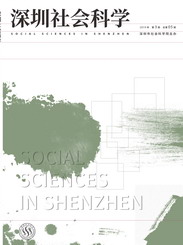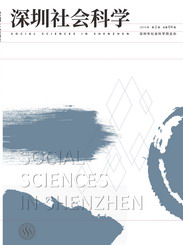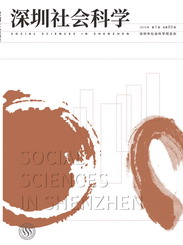眼动追踪技术与翻译过程研究:基于知网数据的计量分析*
作者:刘永杰 许悦萌 牛一琳 2021-09-15 14:37 新传播 【字号:大 中 小】
眼动追踪技术这种数据收集方式缘起于19世纪,因其生态效度高、数据丰富精确等优点,广泛应用于各学科研究。本文基于对眼动追踪技术应用研究的梳理,发现该项技术目前主要应用于心理学科,集中在阅读研究方面,而在国内翻译过程研究中应用很少,主要是针对该技术在国外翻译研究中的应用以及对国内翻译研究的启示。本文指出眼动追踪技术的应用将为翻译过程研究提供崭新的视角,同时提出该技术与击键记录法等研究方法相结合形成多元互证模式将成为翻译过程研究的必然趋势。
[26]王明辉,李建民,闫苍松.篮球运动员运动决策准确性和速度差异性的眼动研究[J].北京体育大学学报,2007(06):774-776.
[27]张学民,廖彦罡,葛春林.排球运动员在运动情境任务中眼动特征的研究[J].体育科学,2008 (06):57-61+72.
[28]EnglundDimitrova,B.Translation Process.[M]// Y.Gambier&L.Doorslaer(eds),Handbook of Translation Studies,Volume1,Amsterdam and Philadelphia:JohnBenjamins Publishing,2010:406-411.
[39]Alves, F.(Ed.). Triangulating Translation: Perspectives in Process Oriented Research [C]. Amsterdam and Philadelphia: John Benjamins Publishing Company, 2003.
[30]Ericsson, K. A. & Simon, H. A. Protocol Analysis: Verbal reports as Data. USA: Massachusetts Institute of Technology,1984/1993.
[31] Börsch, S. Introspective Methods in Research on Interlingual and Intercultural Commu n icat ion[C]//J. House & S. Blum -Kulka (Eds.), Interlingual and InterculturalCommunication: Discourse and Cognition inTranslation and Second Language Acquisition,Tübingen: Gunter Narr,1986:195-209.
[32]Krings, H. P.The Use of Introspective Data in Translation[C]//C. Færch& G. Kasper(Eds.), Introspection in Second LanguageResearch,Clevedon: Multilingual Matters,1987:158-176.
[33]苗菊.有声思维—翻译内在过程探索[J].外语与外语教学,2005(6):43-46.
[34]Toury, G. Descriptive Translation Studies andBeyond [M]. Amersterdam& Philadelphia: John Benjamins Publishing,1995.
[35]McDonald, J. L., &CarpenterP. A. Simultaneous Translation: Idioms Interpretation and Parsing Heuristics [J]. Journal of Verbal Learning and Verbal Behaviour,1981(20):213-247.
[36]O’Brien, S. Methodologies for Measuring the Correlations between Post-editing Effort and Machine Text Translatability [J]. Machine Translation,2005,19 (1):37-58.


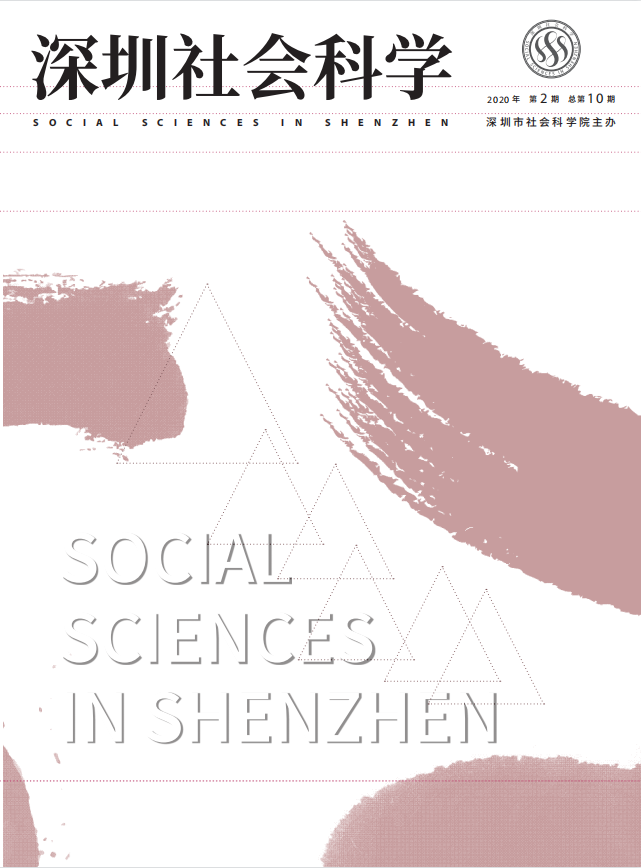
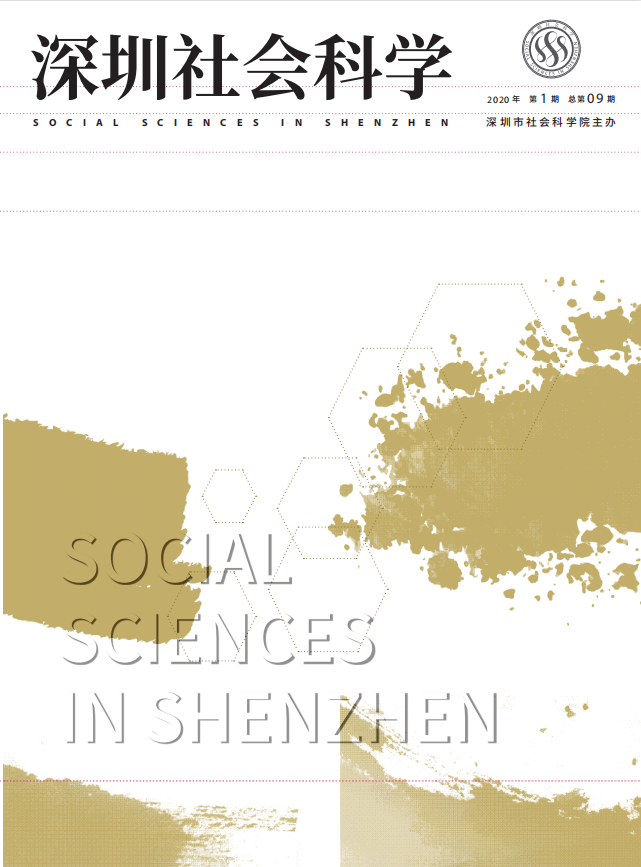
4e2c0c5a-c1d6-4085-a8e9-7661062d7940.png)
c4d032d1-1359-488d-9493-075c1cede8f9.jpg)
80570040-95f4-4836-b1d6-55536b9d5bab.png)
